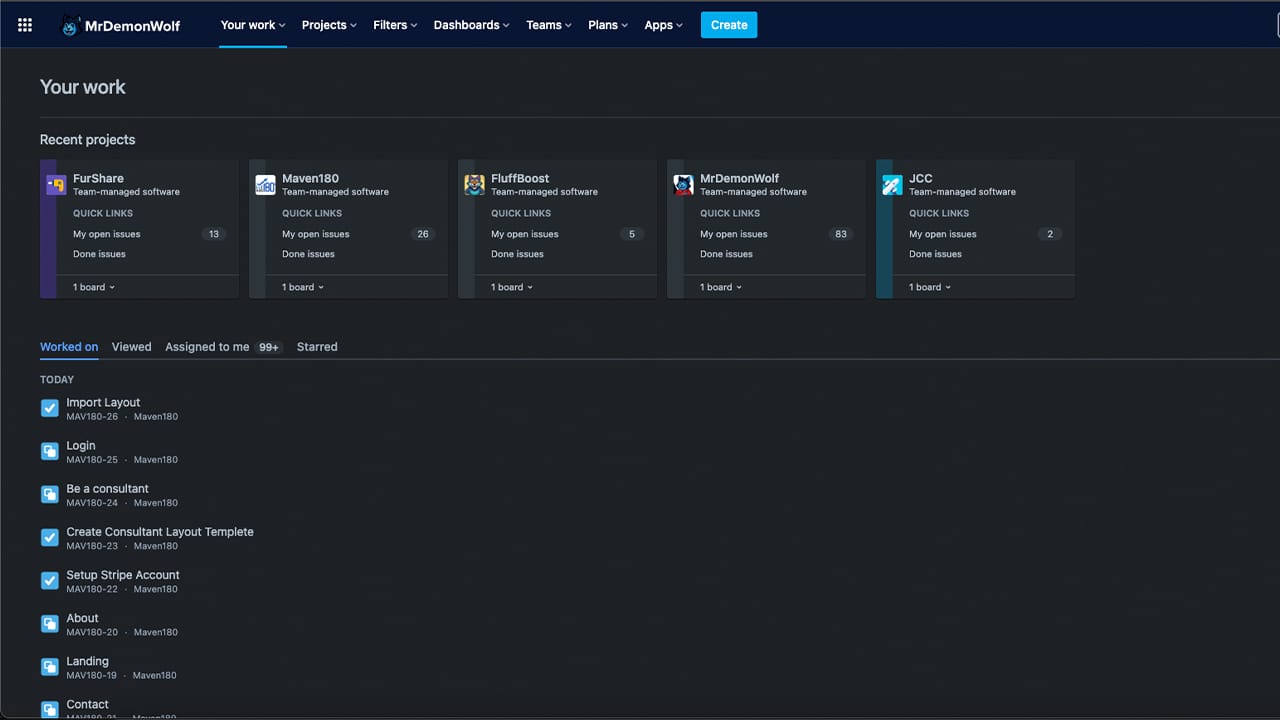If you’re like me, you’ve been using Apache as your web server for many years without questioning it. While Apache has served me well over the years, I decided to make the switch to Nginx recently, and I’m glad I did! Here are 5 reasons why switching to Nginx from Apache was one of the best decisions I’ve made in a long time.
Background on My Previous Setup
For those unfamiliar, LAMP is an acronym for Linux, Apache, MySQL, and PHP. This was my web development stack of choice for many years. I used it to build and deploy dozens of websites and web applications. While it served me well for a long time, I eventually made the switch to Nginx for several reasons.
Reasons I Switched
I switched my website from Apache to Nginx for several reasons. First, Nginx is faster. It can handle more requests and uses less memory than Apache. Second, Nginx is more secure. It’s less susceptible to attacks and has built-in features that make it easier to secure your site. Third, Nginx is more scalable. It can easily be scaled up or down to meet the needs of your website. Fourth, Nginx is more reliable. It’s less likely to crash and can recover from errors more quickly than Apache. Fifth, Nginx is easier to use. The configuration file is simpler and easier to understand than Apache’s. Sixth, Nginx has better support for newer technologies. Seventh, Nginx is open source and free.
The Process
Switching my website over to Nginx from Apache was a bit of a process, but it was well worth it in the end. The biggest reason I made the switch was for the improved performance. Nginx is known for being lightweight and fast, and that’s exactly what my website needed. Plus, with Nginx, I was able to take advantage of some excellent features like HTTP/2 and server push. Overall, making the switch to Nginx was a great decision and I’m glad I did it.
What’s Next?
Now that you know why I decided to switch my website from Apache to Nginx, you might be wondering what’s next.
First, I’ll need to export my current website files and databases.
Then, I’ll need to install Nginx on my server and configure it.
Finally, I’ll need to import my website files and databases into Nginx.
Once that’s done, my website will be running on Nginx!
Conclusion
After doing my research and taking into consideration my specific needs, I decided that Nginx was the best option for me. The process of switching wasn’t difficult, and now that everything is up and running, I’m incredibly happy with my decision. If you’re considering making the switch, I encourage you to do your own research and see if Nginx is a good fit for you.
About Me
I’m a web engineer and nerd who likes to tinker with server administration and devops in my spare time. A few years ago, I decided to switch my website from Apache to Nginx. Here’s why I made the move, and what I think of Nginx now.


